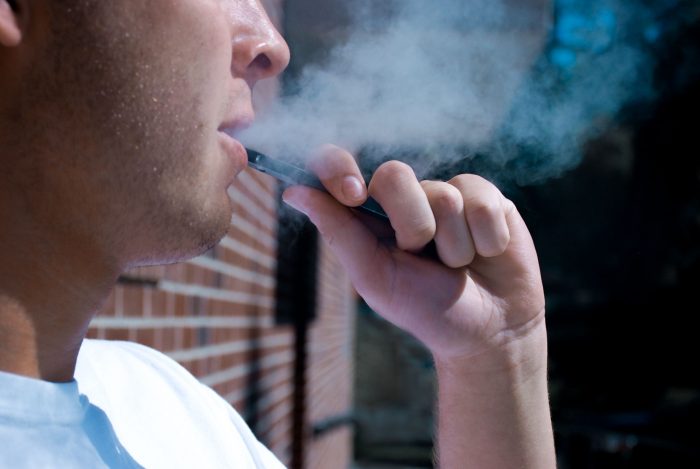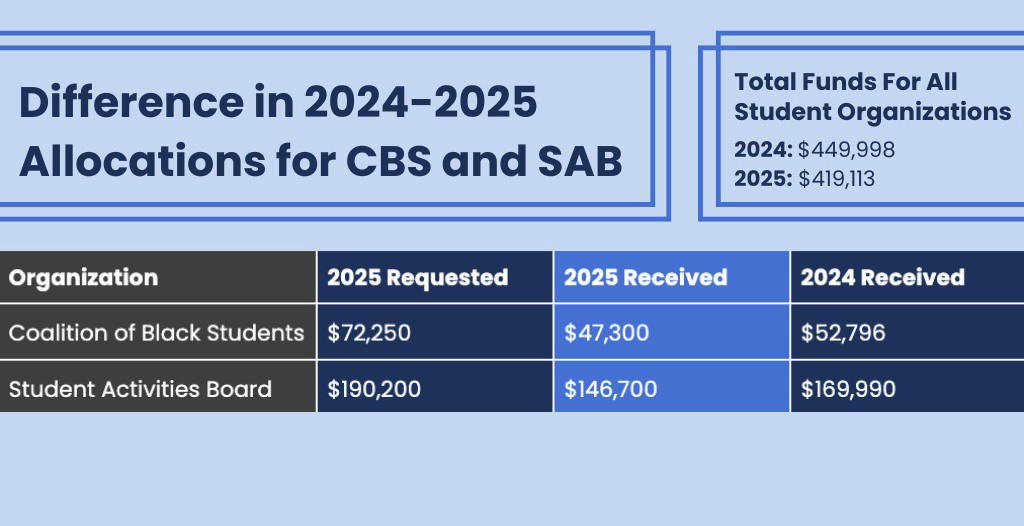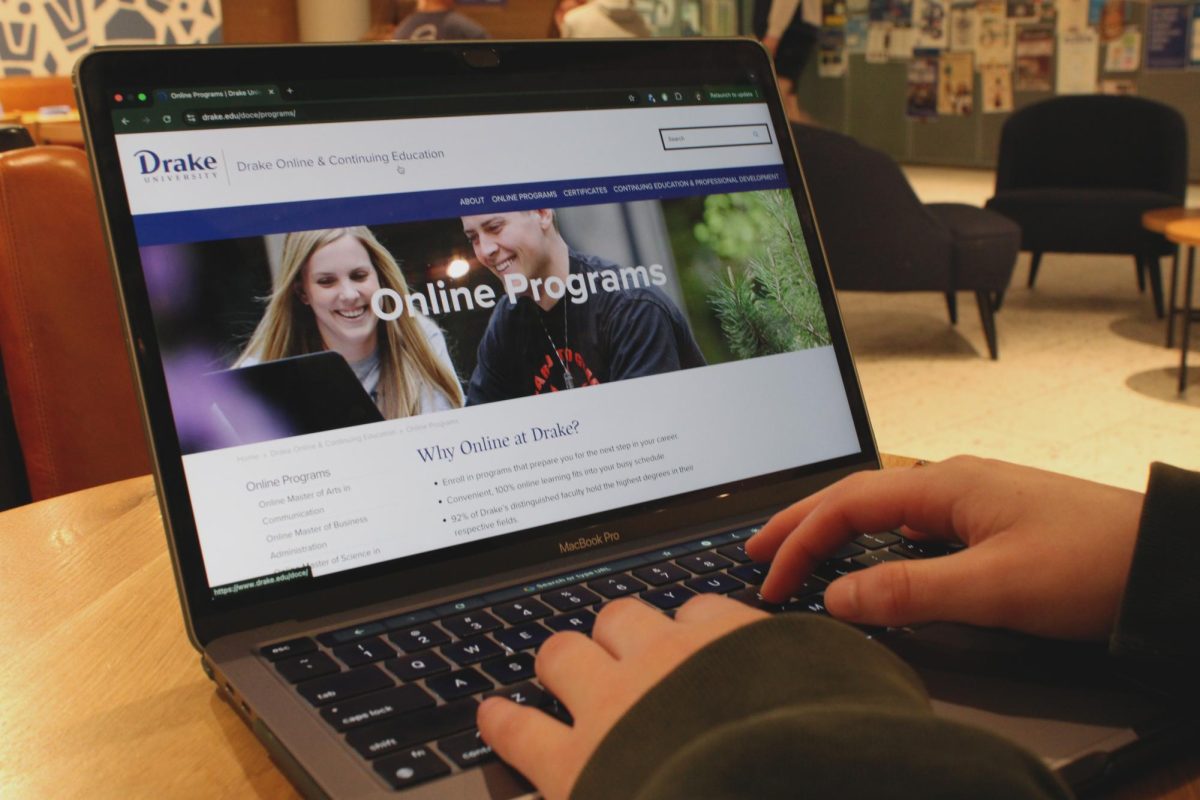BY MAX BROWN
On September 12, FDA commissioner Scott Gottlieb, citing an “epidemic” of teen e-cigarette use, released a press statement outlining a plan to curtail teenage use of e-cigarette products. Included in this release was a warning to five major e-cigarette companies including Juul, a brand notorious for its popularity with teenagers, to “convincingly address” use of their products by minors or possibly have their products removed from the market.
E-cigarette use among teens (“vaping”) has risen dramatically in the past few years while use of traditional tobacco has fallen. According to the CDC, in 2017 8 percent of high school students reported smoking cigarettes within the last 30 days, a decrease of 15.8 percent from 2011. Conversely, about 12 percent of high school students reported using e-cigarettes in 2017, an increase of 0.6 percent from 2011.
The FDA blames these companies for marketing their products toward underage users. Juul, which has an estimated 70 percent share of the market, has been criticized for creating flavored products that allegedly appeal to children. The device’s shape, which resembles a flash drive, can be easily hidden and has been cited as another factor attracting teens.
The FDA’s primary concern is that those who become addicted to e-cigarettes as teens (an e-cigarette can have substantially more nicotine than a traditional cigarette) may carry the habit for life. As such, the FDA’s goal is to prevent teens from starting the habit entirely. They are seeking actions such as the ban of flavored products, which are allegedly marketed towards teens, to achieve this.
Juul responded to these allegations by claiming that banning flavored e-cigarettes could create a “grey market” of sorts, with consumers finding illegal or semi legal means to find these products. They cite the results of the menthol cigarette ban in Ontario, wherein consumers simply switched to online purchases, local illegal sales and buying on Native American reservations, as proof. Juul also claims that their flavors are not marketed toward minors and are instead meant to make the products more attractive to adult tobacco users looking to switch.
According to Wired Magazine, E-cigarettes, unlike regular cigarettes, function by vaporizing a solution usually containing nicotine into an inhalable cloud, rather than producing smoke. Originally designed to help adult smokers addicted to the nicotine in tobacco products transition away from tobacco use, E-cigarettes have become popular among teenagers, with many teens being introduced to nicotine through these products.
Due to their relative youth, little is known about the long-term health effects of e-cigarettes compared to traditional cigarettes and other tobacco products. According to a study cited by US News and World Report, however, e-cigarettes are safer than traditional tobacco products in that they produce less of a threat from secondhand smoke and do not contain substances that contribute to smoking-related health problems, like tar.
Banning or restricting e-cigarettes, like the many controlled substances before them, will prove to be an extreme challenge for the FDA. While it is naïve to assume that Juul is acting for anyone’s interests but their own, they are correct in assuming that banning the products will not make them disappear. Motivated teenagers will undoubtedly find other ways to get e-cigarettes. This is something we have seen with every generation and is especially true now that almost everything can be purchased on the internet. Any ban or restriction will be extremely difficult to enforce without costly Draconian measures. For evidence of this just look to the war on drugs: over 40 years it has cost one trillion dollars, not even counting the potential tax revenue from controlled substances, without convincingly achieving its goal, according to a Vox report.
Another point against the restrictions is that again, whatever their motivations, it’s not true beyond a shadow of a doubt that Juul’s flavored products are meant to appeal exclusively to children. Even if teens are becoming addicted to e-cigarettes via flavors, since the act of using an e-cigarette under the age of 18 is already a crime, banning flavors is unlikely to make them disappear entirely.
It is also unconvincing that flavoring “tricks” kids into associating e-cigarettes with candy. While a great many reasons exist for teens to use e-cigarettes – peer pressure, a desire to rebel or look cool, stress/coping, boredom – thinking that the devices are sweet treats like candy is hardly a convincing reason. While it’s never a wise decision for teens to start using e-cigarettes, give them some credit – no teen has started vaping because they thought they were inhaling cookies. A better alternative would be to take Juul’s advice on the matter and evaluate flavors on a case-by-case basis, as the flavors produced by different companies can be wildly different in terms of composition and addictiveness.
An important piece to consider in this debate is the educational side. The FDA claims that flavored products are unfair to children because they create associations with things like candy. What has the FDA done to challenge this notion? Government and public health media continue to rally against the use of tobacco, with commercials and PSAs targeted specifically toward teens.
Despite the FDA claiming that e-cigarettes are reaching an “epidemic” status, however, the vast majority of these advertisements target the increasingly unpopular traditional tobacco rather than upstart e-cigarettes. Perhaps a better approach would be to leave these products on the market but increase public awareness on their potential problems instead.
Overall, it is not convincing that e-cigarettes, which are not proven to be worse than traditional tobacco, do not cause intoxication and are not strongly tied to long term health impacts, are a public health crisis. The proliferation of nonsmoking zones and the fact that these products do not actually produce smoke significantly reduces the secondhand smoke threat. Therefore, the choice to use e-cigarettes is just that – a personal choice. With all the barriers in place that make e-cigarettes hard to come by for teens – steep prices, legal hassles – a couple more restrictions are unlikely to meaningfully stem the tide.
There has been a substantial increase in teen vaping, that much is certain. But keep in mind that it has coincided with a marked decrease in traditional tobacco use. While ideally teens should not be using any tobacco or nicotine products, pragmatically, if a less unhealthy option than traditional tobacco exists, it should be left on the table.
A better approach by the FDA would to aim a more complete, updated educational program on nicotine at teens and work with e-cigarette companies to ensure that their products, flavored or not, are indeed better than tobacco in the long run.







